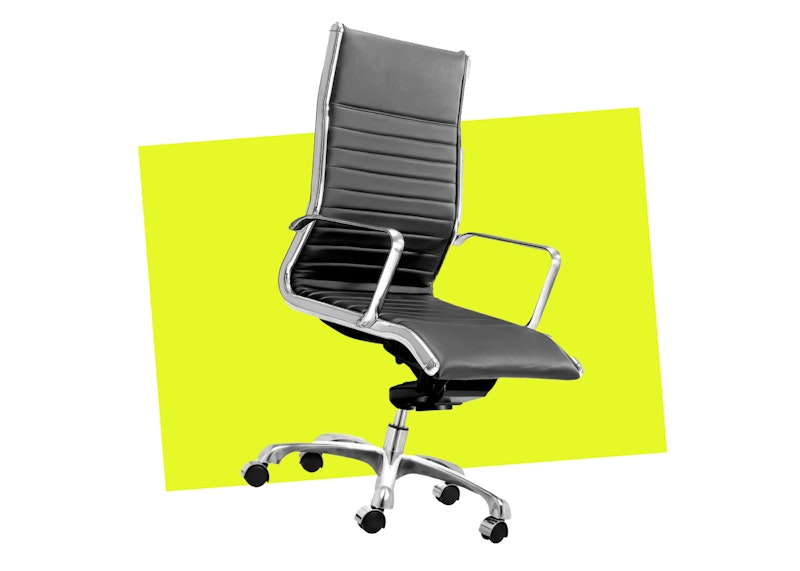
A down-to-earth growth strategy in a hyped-up category.
- A flex office provider sees potential to grow, but what’s the best approach?
- We studied the internal processes and numbers. We analysed the competition and market. We also signed on for the customer experience ourselves.
- This led to a down-to-earth growth strategy in line with the office operator’s existing corporate culture and the phase it’s in as a company.
- We immediately worked out the growth strategy in terms of the concrete competencies, resources, organisational structures and processes, and assets needed.
The flex office market is dominated by hype. Think of the startup unicorn WeWork devaluing from a billion-dollar company to a market black swan in no time. Think of the coronavirus pandemic that walloped the office rental market, but simultaneously boosted the flex office phenomenon. Think of the growing demand for super hip office spaces, when just a suspended ceiling used to do.
In such a hectic category, it’s difficult to define a growth strategy. What seems like a good idea today is already old news by tomorrow. Bernadette Wijnings, founder of The Strategy Office, and Cazijn Langeler, strategy consultant at The Strategy Office, kept a cool head and, at the investors’ request, advised the CEO and management team on a very manageable, down-to-earth growth strategy, including concrete detail.
Challenge.
The investors and CEO of this office operator, which has 17 branches mainly in the Netherlands’ Randstad region, see huge potential in the flex office market. Not just in the Netherlands, but in the rest of Europe. Since the coronavirus pandemic, the demand for flex offices has only grown — and the company is keen to grow with it. But the market for flex offices is hugely diverse, and growth can happen in many ways:
By simply adding more square metres
By gaining better national coverage or expanding internationally
By offering tenants more paid services
By raising prices
By agreeing better strategic contracts with property developers
Etc.
But what’s the best growth strategy for this office operator?
Approach.
Naturally, we started the project with an in-depth analysis of the numbers and internal processes. Most importantly, we gained interesting insights by analysing the competition and market and undergoing the customer experience ourselves.
The struggle for profitability
During our market analysis, we discovered that, although a fast-growing market has emerged around flex offices, many competitors are still struggling to turn a profit. This is caused, in part, by the long startup losses that come with investing in a new location, but also by the costs involved in offering the digital services that tenants expect these days, as well as the overall complexity of operations in this market.
Scalability is crucial
Our conclusion was that scale is crucial, as you can spread high operating costs over several branches. This means, eventually, the office operator needs to add more square metres. But their initial operation must first function perfectly and be scalable. Otherwise, growth will continue to waste resources.
A concrete example: data analysis revealed that meeting room occupancy was below par. This was because this office operator hardly earns anything from specific meeting room rentals, so there was no incentive to put effort into it. That factor needs to be renegotiated with the property owners so that the incentive does exist. Next, smart processes for meeting room rental need to be designed so that no more turnover is left behind.
Customer experience comes first
We also put ourselves in the user’s shoes, experiencing this office operator’s office spaces and meeting rooms by booking in for a session. It promises its tenants a chic five-star experience: the office spaces are fantastically designed; the furnishings are high-quality materials; and the reception desk staff are very welcoming and courteous. But we found uncluttered spaces and cluttered furnishings that we wouldn’t expect from a five-star offering.
Impact.
Operational excellence
Our conclusion: instead of growing by adding more square metres, this office operator should focus on creating operational excellence first. Only when the operation runs smoothly, the current office spaces are used efficiently, and customers actually get a five-star experience will the company be ready to scale up its surface area. That’s a workable strategy.
First focus on the Netherlands
Increasing its square metres is crucial due to the importance of scale in this market. But making the leap abroad is difficult: each country has different laws and regulations, and the game is played differently. Our client is now mainly active with trendy office locations in the Netherlands’ Randstad region. However, our analysis shows that, outside this area, flex offices at this office operator’s quality level are few and far between. This means scaling up in the rest of the Netherlands is their strongest next step. Expansion abroad should follow, starting small by experimenting with — and learning from — one initial office.
At The Strategy Office, we’re allergic to consultancy reports that disappear into a desk drawer or a folder on the company server. We’re entrepreneurial and we like to make things concrete. That’s why we immediately worked out our advice in terms of the competencies, resources, organisational structures and processes, and assets required. As you’ve been reading this, the office operator is working on implementing our advice.
